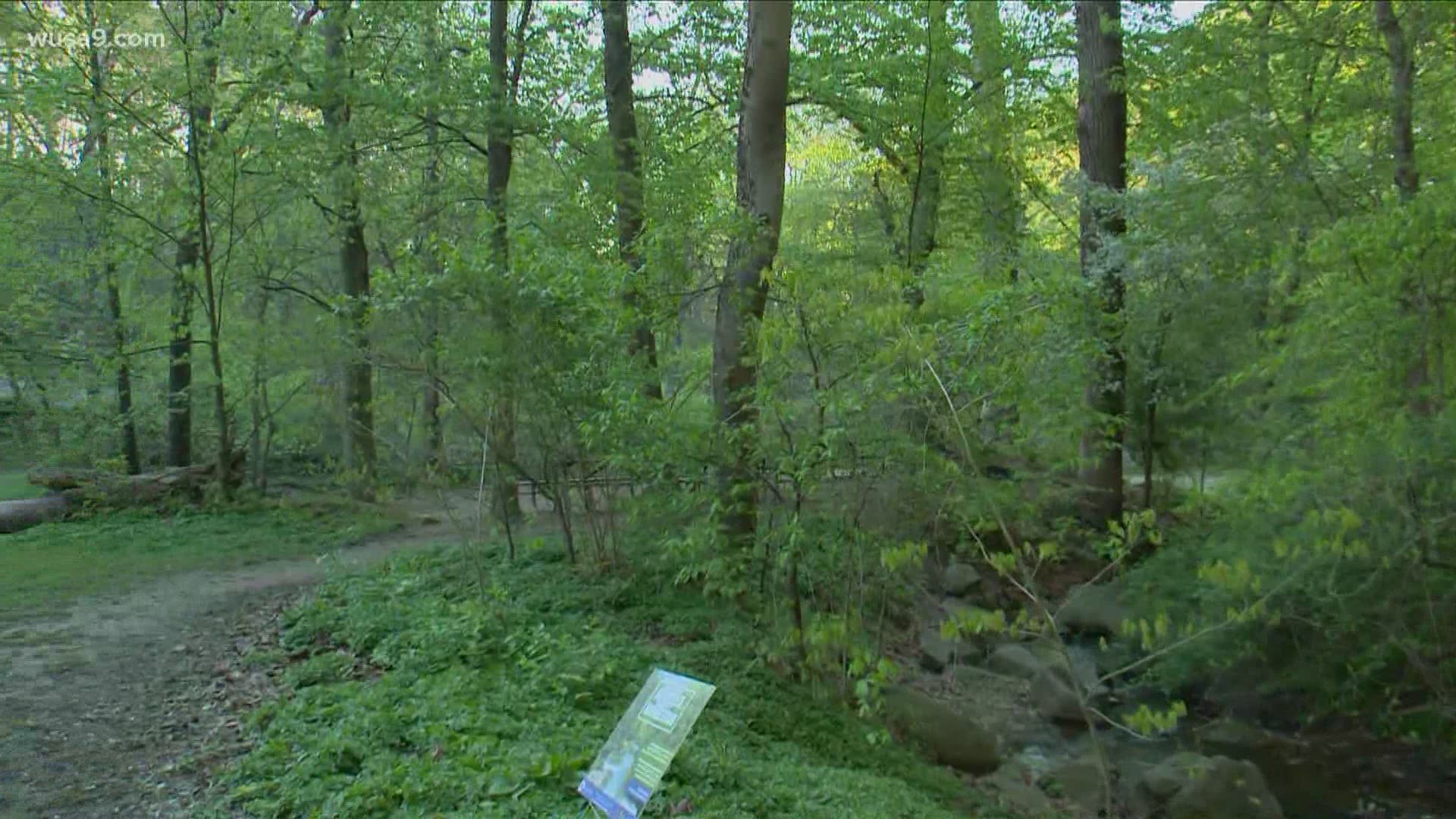JACKSONVILLE, Fla. — National Parks Week continues this weekend through Sunday, April 25. It celebrates, as author Wallace Stegner once said, "America's best idea."
In 1872, President Ulysses S. Grant established the country's first national park in Yellowstone. Nearly 150 years later, the National Park Service manages and preserves more than 400 different parks, including 63 national parks, 115 national monuments and memorials and more than 150 historic sites and battlefields, according to the NPS.
In all, the National Parks Service has preserved 85 million acres. All 50 states, Washington DC and several official US territories have land managed by the National Park System.
Each April, the National Parks Service celebrates National Parks week to encourage people to, "... explore amazing places, discover stories of history and culture..." Parks across the country will hold special programs, events and digital experiences for people to enjoy, according to NPS.
- Park Rx Day (Fee free day)
- Volunteer Sunday
- Military Monday
- Transformation Tuesday
- Wayback Wednesday
- Earth Day
- Friendship Friday
- National Junior Ranger Day
- BARK Ranger Day
America's National Park: Fast Facts
- Great Smokey Mountains National Park in Tennesse sees the most visitors of the 63 all of the national parks. In 2020, the park saw 12.1 million visitors, nearly 10 million more than Yellowstone National Park. (Source: National Park Service)
- Of all the parks in the system, the Blue Ridge Parkway saw the most visitors with 14.1 million. (Source: NPS)
- Yosemite Falls in Yosemite National Park, one of the largest waterfalls in the world, is actually made up of three different waterfalls. (Source: Department of the Interior.)
- The small town of Tuskegee Alabama is home to two separate National Historical Sites: Tuskegee Institute National Historic Site and Tuskegee Airmen National Historical Site.
- The four largest parks manages by the NPS by area are in Alaska: Wrangell–St. Elias, Gates of the Artic, Denali and Katmai. The smallest park is Gateway Arch National Park in Missouri. (Source: NPS)
- There are four different names for battlefields managed by the National Park Service: National Battlefield Park, National Military Park, National Battlefield and National Battlefield Site. The largest battlefield in the system is Chickamauga and Chattanooga National Military Park, which is split between Georgia and Tennessee. (Source: NPS)
- The second national park was Mackinac National Park in Michigan. It is now operated by the State of Michigan. (Source: Mackinac State Historic Parks)
- The highest temperature ever recorded was 134 degrees at Death Valley National Park on July 10, 1913. Earlier that year, Death Valley also recorded its coldest temperature: 15 degrees. (Source: NPS)
- The Grand Canyon is bigger than the entire State of Rhode Island (Source: NPS)
- Despite being in different parts of the country, Tennessee, New Mexico and Washington also share the same park: Manhattan Project National Historic Park. (Source: NPS) If you were to start in Oak Ridge, TN and visit all three sites ending in Hanford, WA, it would take you 41 hours to make the entire trip, according to Google Maps.
- At 275 feet tall, the General Sherman Tree at Sequoia and Kings Canyon National Parks is the tallest tree in the world. It is named for Civil War hero William Tecumseh Sherman. (Source: NPS)
- Denali National Park and Preserve is only park the employs sled dogs. The park first started using dogs in the 1920's. (Source: Department of the Interior)
- In the 1960's, noted historian Edwin Bearss found the USS Cairo in the Mississippi River more than a century after it sank. The ship was raised and placed in Vicksburg National Park. It is the only remaining example of a City Class ironclad. (Source: NPS)
- Everglades National Park has the largest contiguous stand of protected mangroves in the western hemisphere. It is also one of the largest wetlands in the world. (Source: Department of the Interior)
- Deleware is the only state not to have either National Park or National Monument. (Source: NPS)

